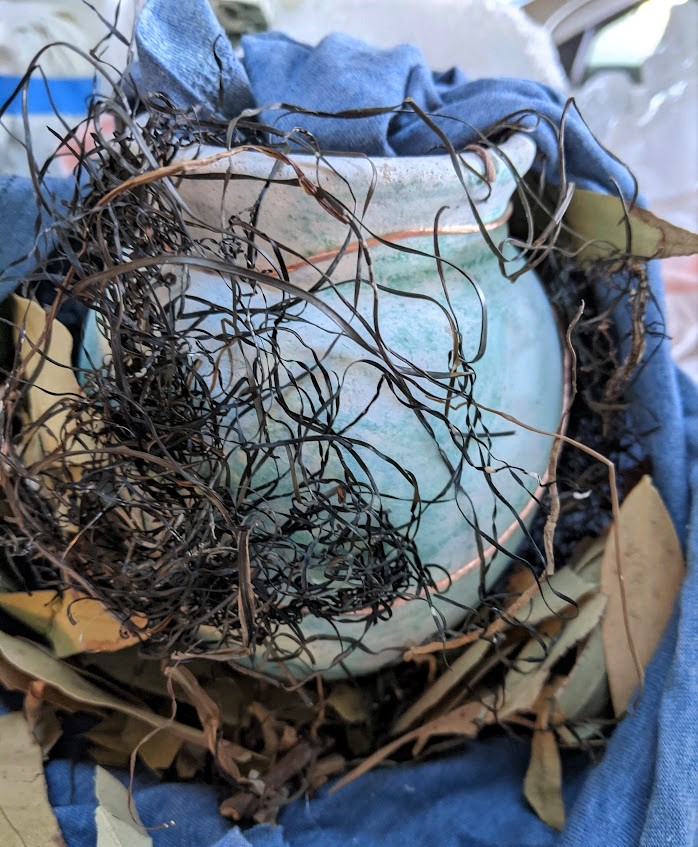How It's Made — Crystalline Glaze Ceramics
Crystalline glaze is known for the stunning and intricate crystal formations that develop during this controlled firing process. The formation of crystals depends on various factors, including glaze composition, firing schedule, cooling rate, and even the position of the pottery inside the kiln. As a result, each piece of crystalline pottery is entirely unique.
The crystalline process begins with the creation of a ceramic piece, either hand built or thrown on the potter’s wheel. A pedestal base is fashioned to perfectly fit the bottom of the piece, as this pedestal is necessary to catch the excess glaze which runs off during the glaze firing. The firing reaches about 2220 F˚ and takes approximately 16 hours, with an equal amount of time for the kiln to cool down.
Once the kiln has cooled, the pottery is carefully removed, and the crystal patterns are now visible on the glazed surface. Finally, the piece is separated from its pedestal, and the bottom of the work is meticulously polished using a diamond disc. The crystalline journey requires much precision and patience, but the exquisite results are well worth the effort.

